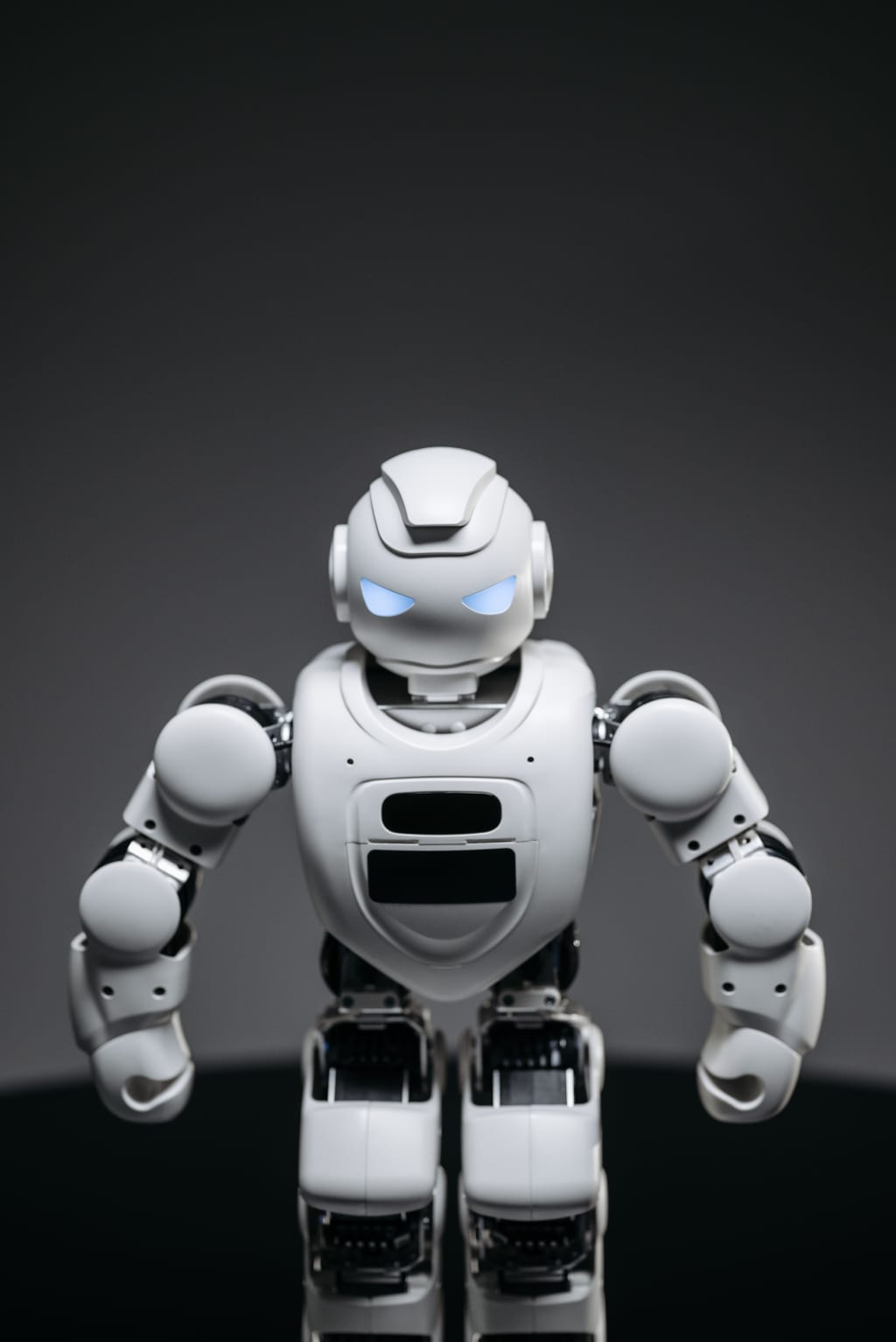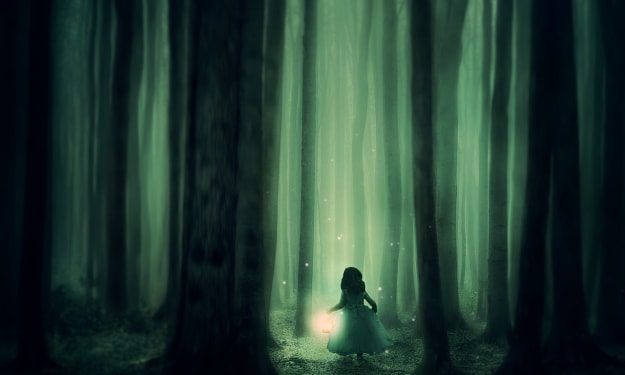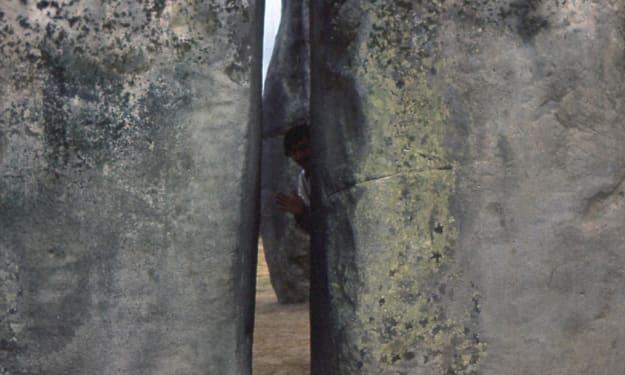Content warning
This story may contain sensitive material or discuss topics that some readers may find distressing. Reader discretion is advised. The views and opinions expressed in this story are those of the author and do not necessarily reflect the official policy or position of Vocal.
Exploring the Power of AI in Filmmaking: Creating a Short Film Using Artificial Intelligence
Are you know how to create short film by AI ?

Title: Exploring the Power of AI in Filmmaking: Creating a Short Film Using Artificial Intelligence
Introduction
In recent times, a fascinating trend has emerged on social media platforms like Twitter—videos created entirely using AI technology. These videos showcase the immense potential of AI tools when combined creatively. Inspired by this trend, I embarked on a journey to understand the process behind these captivating videos and demonstrate how various AI tools can be integrated to produce a truly unique short film. In this article, I will share my experience of using AI to generate the script, video footage, voiceover, and background music, while leveraging my video editing skills to bring all the elements together in DaVinci Resolve.
Generating the Script and Shot List
To kickstart the project, I turned to the powerful GPT-4 AI model. With a specific vision in mind, I prompted the model to generate a script for a documentary-style short film without any dialogue. The concept centered around an AI robot saving civilization. The generated script not only narrated the story but also provided an initial shot list. However, I needed more detailed descriptions for each shot to guide the filming process effectively.
Using GPT-4, I further refined the shot list by seeking detailed descriptions of each shot, including settings, objects, and people involved. Armed with this comprehensive shot list, I created a dedicated folder on my desktop named "AI Short Film" to organize the upcoming clips.
Generating Video Clips with AI Tools
To generate the video clips, I utilized Runway's Gen 2, an AI tool specifically designed for video generation. Using Gen 2, I fed each prompt from the shot list to generate the corresponding footage. For instance, for the opening shot of a ruined cityscape, I pasted the prompt into Gen 2 and let it work its magic. The generated video clip aligned remarkably well with the initial vision, albeit slightly shorter than desired. Nevertheless, I could easily adjust the clip's speed in DaVinci Resolve to achieve the desired duration.
For shots that didn't meet my expectations using Gen 2, particularly one depicting a time-lapse of a city coming back to life, I turned to Mid Journey, another AI tool. By providing a suitable starting image and prompting Mid Journey with a description of the desired outcome, I obtained a compelling time-lapse video showcasing the transformation from a dystopian city to a vibrant and bustling one.
Adding Animation and Effects
To enhance the static images obtained from the AI tools, I employed Leia pics and Kyber. Leia pics added a sense of depth and animation to the images, giving them a more dynamic and 3D-like appearance. By adjusting settings such as animation style, focus point, and motion, I could tailor each image's animation to suit the desired effect.
Subsequently, Kyber came into play to further enhance the visual appeal of the images. With Kyber, I could apply cinematic and colorful effects, turning the still images into captivating video clips. This added an extra layer of creativity and engagement to the final film.
Recording the Narration
The generated script provided the narration for the entire film. To bring the narration to life, I utilized 11 Labs, which offers free credits for voice recording. Using their AI-generated voices, I created a unique male voice with a middle-aged American accent that aligned with the tone and style of the film. This voiceover would serve as the guiding narrative thread throughout the short film.
Bringing it all Together
With all the generated assets in place, including video clips, animated images, and the voiceover, it was time to assemble everything in DaVinci Resolve. This video editing software allowed me to seamlessly merge the various elements, synchronize the narration, and add any necessary adjustments to achieve the desired visual and auditory impact. By carefully
arranging the clips, applying transitions, and integrating the background music, the short film began to take shape.
Conclusion
Through this article, I aimed to demonstrate the immense possibilities that emerge when different AI tools are combined to create a unique and compelling short film. From generating the script and shot list using GPT-4, to leveraging Runway's Gen 2 for video clip generation, Leia pics and Kyber for animation and effects, and 11 Labs for AI-generated voiceover, each tool played a crucial role in the filmmaking process. By combining these AI technologies with traditional video editing in DaVinci Resolve, we can harness the power of AI to bring our creative visions to life on screen. The boundaries of filmmaking continue to expand, thanks to the integration of AI, offering endless opportunities for filmmakers to explore and push the limits of their creativity.
About the Creator
Enjoyed the story? Support the Creator.
Subscribe for free to receive all their stories in your feed. You could also pledge your support or give them a one-off tip, letting them know you appreciate their work.





Comments
There are no comments for this story
Be the first to respond and start the conversation.